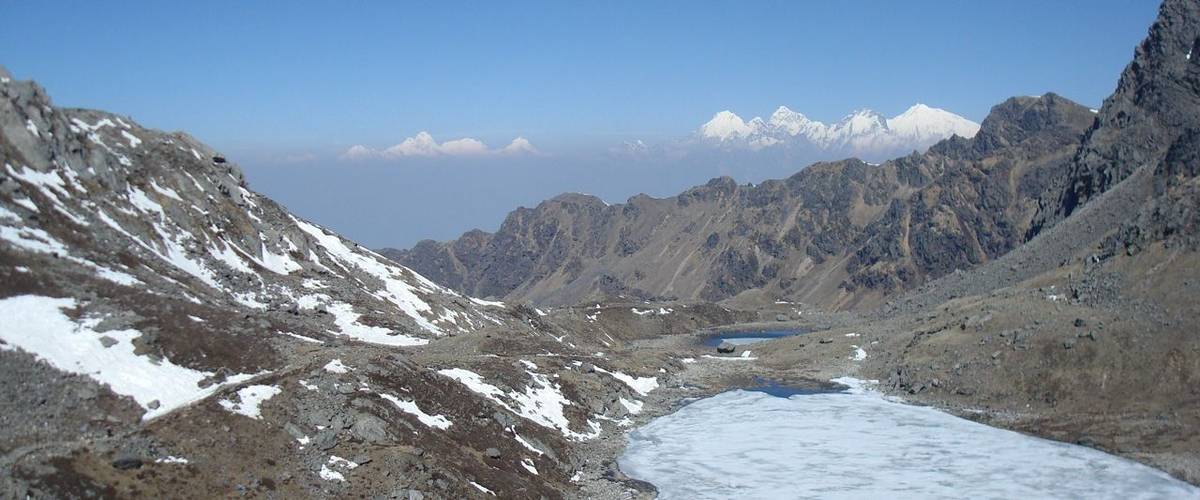We provide a comfortable experience on our teahouse lodge-style treks. Our team works hard to support you so that you can relax and enjoy trekking in Nepal. The lodges provide your meals in a communal dining room. You will sleep in private rooms with a shared bathroom. There is a range of standards and service in teahouse lodges depending on location. i.e. lodges at higher altitudes and places with fewer trekkers tend to have more basic facilities.
The day starts with getting up in your room shared with another trekker in our group. Before heading for breakfast you pack your overnight gear into your main bag (this could be a duffel, kit bag, or rucsac). You would have given your breakfast orders to the guide to pass onto the kitchen last night. At the designated time the group will assemble in the dining room to eat breakfast. Breakfast includes cereal, porridge, or rice pudding and an egg dish with bread or toast plus two cups of hot drinks such as tea, coffee, or lemon ginger honey.
While the group is having breakfast the porters arrange their loads and set off in the cool of the morning. After breakfast, between 7am and 8am, we start walking. The pace of the trek is moderate as there is plenty of time in the itinerary to reach the lodge for tonight. Enjoy the scenery, take photos, and explore the local villages. Lunch will be around midday at a teahouse lodge by the side of the trail. This includes one dish such as fried rice, dal bhat, momos, or pasta plus two cups of hot drinks.
After lunch, we continue the walk and on most days we arrive at the lodge around mid-afternoon. On arrival, you will get a hot drink and biscuits. For dinner, you get a two-course dinner (soup and main meal). The menus are quite standard with a range of dishes such as dal bhat, momos, and the famous Sherpa stew. Dal bhat is a Nepalese dish of rice and lentils with vegetable curry. It is also possible to order spaghetti and pasta; pizzas; vegetable burgers and chips and fried rice. We also provide up to two cups of hot drinks per meal.
After supper, the leaders will discuss the plan for the next day. Afterward, people might stay in the dining room chatting about the day’s events or playing cards. After a tiring day, most people head to their rooms quite early for the night. Tomorrow is likely to be very similar to today!
You can read more about Teahouse Trekking in Nepal on our Blog. This article explains the facilities available at a teahouse lodge. It also describes the advantages and disadvantages of camping-style treks. Plus the amount to budget for extra costs. We also touch upon what to pack for a teahouse trek, safety, and security plus responsible use of the lodge.








